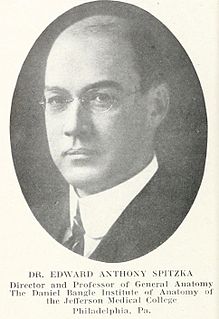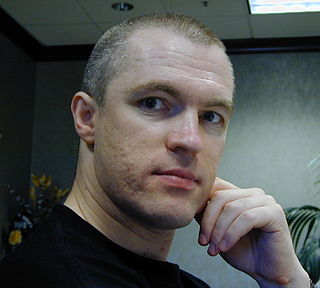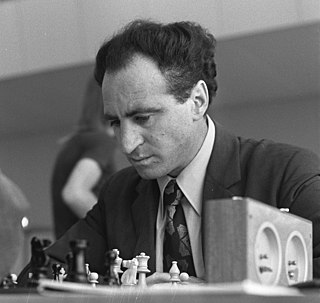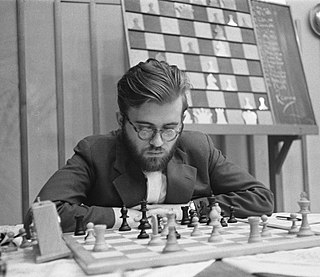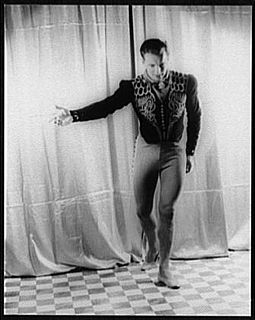A Quote by Alfred Kinsey
The range of variation in the female far exceeds the range of variation in the male.
Related Quotes
Sexual reproduction exists solely as a means to defeat parasites. By mixing male and female genes, sex produces offspring not exactly like either the male or female - making each generation different from the last, and presenting a moving target to intruders intent on compromising this system. ... Even with this variation, parasites continue to pose a threat... and parasitism evolves and moves through any system - not just living things. The less variation there is in a system, the more readily parasites will evolve to infest it.
From study of known normal brains we have learned that there is a certain range of variation. No two brains are exactly alike, and the greatest source of error in the assertions of Benedict and Lombroso has been the finding of this or that variation in a criminal's brains, and maintaining such to be characteristic of the 'criminal constitution,' unmindful of the fact that like variations of structure may and do exist in the brains of normal, moral persons.
If, however, one factor is too successful, it will continue to be the winning factor regardless of the variation in the other factors over the range of variation in the conditions, and therefore will stifle the development of other advantageous factors until the conditions change sufficiently that it no longer is the winning factor. At this point, the whole population is ill prepared for the change, and may well perish entirely if the winning factor accidentally becomes the matching factor for a disease or a predator.
In my teaching, I try to expose my students to the widest range of aesthetic possibilities, so I'll offer them stories from Anton Chekhov to Denis Johnson, from Flannery O'Connor to A.M. Homes, and perhaps investigating all that strange variation of beauty has rubbed off on me. Or perhaps that's why I enjoy teaching literature.
People are storytelling creatures. We like stories that go somewhere, and therefore we like trends - because trends are things that either get better or get worse, so we can either rejoice or lament. But we mistakenly depict many things as trends moving in some direction. We take the "full house" of variation in a system and try to represent it as a single number, when in fact what we should be doing is studying the variation as it expands and contracts. If you look at the history of the variation in all its complexity, then you see there's no trend.
Play the open variation of the Ruy is my advice to all ordinary club players, and I recently even wrote a book about it, seen from Black's point of view. Why does everybody try to copy the grandmasters' strange positional maneuvers in the 5. ... B-K2 variation, instead of fighting for the in intiative?
You've got to eat while you dream. You've got to deliver on short-range commitments, while you develop a long-range strategy and vision and implement it. The success of doing both. Walking and chewing gum if you will. Getting it done in the short-range, and delivering a long-range plan, and executing on that.


